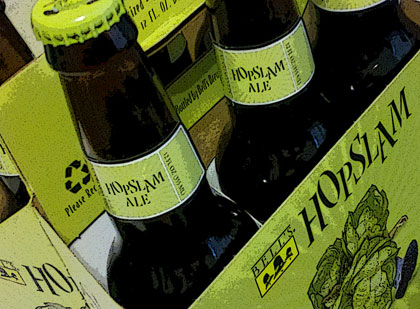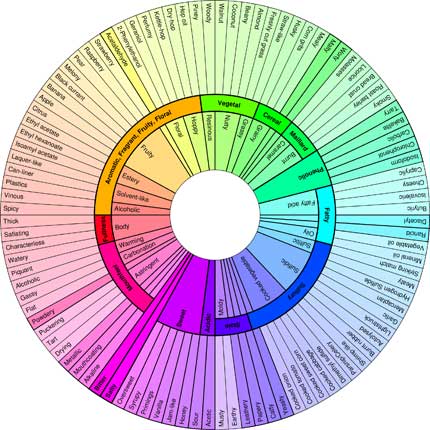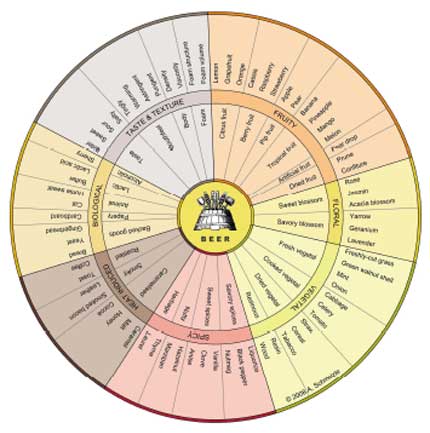
Bell’s Hopslam is in the house, meaning our house. This is a good thing. It’s 10% alcohol by volume and plenty of hops were used to make this beer. We will drink some this evening, but there will be no taking or posting of notes.
Instead, the arrival of Hopslam in St. Louis — 50 cases at The Wine and Cheese Place that may already be gone (or spoken for) — is an excuse to post the perfect description of the beer. From John Mallett, who is the production manager at Bell’s.
Mallett1 is also president of the Hop Quality Group, a non-profit organization of brewers who recognize the need to communicate their interest in hop aroma to hop farmers. The tagline on the the HQG logo reads “oils over alpha,” although any particular member is as likely to say “aroma over alpha” when talking about the short history of the group.
At the 2012 Craft Brewers Conference in San Diego, Mallett and other members of the group explained just why the group was formed and described their goals. Mallett talked about the importance of communicating to growers that brewers’ needs have changed because drinkers’ tastes have changed. Aromas considered undesirable, literally for centuries, are now desirable. He used a Bell’s beer, rather obviously Hopslam, as an example.
Twenty years ago — a time, by the way, that hops such as Simcoe and Citra were already being developed, but weren’t about to find immediate popularity — there wasn’t a brewer on earth who would have gone to the annual Hop Growers of American convention and said, as he did, “I’m going to have a beer that we make 4,000 barrels of, one time a year. It flies off the shelf at damn near $20 a six-pack, and you know what it smells like? It smells like your cat ate your weed and then pissed in the Christmas tree.”
*****
1 Mallett is also the author of what will be the fourth book in Brewers Publications ingredients series, this one containing everything you could want to know about malt.

